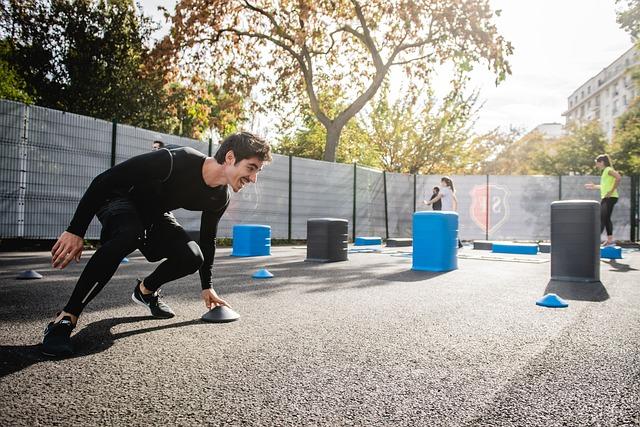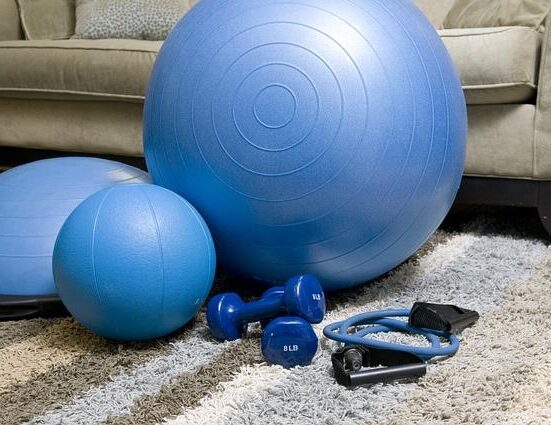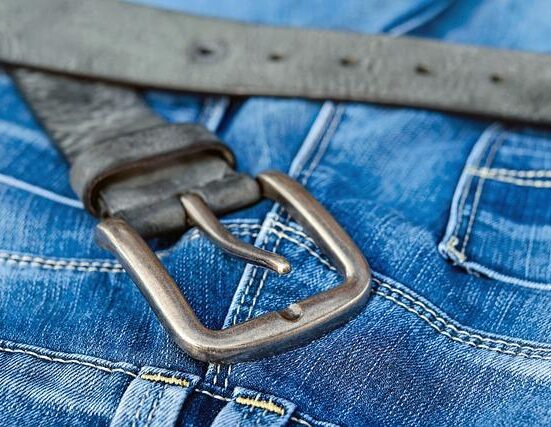When it comes to elevating your fitness game, the choice of equipment can make all the difference. Among the myriad options available, plyometric boxes stand out as versatile tools for athletes and fitness enthusiasts alike. Whether you’re looking to enhance your explosive power, improve your agility, or simply add variety to your workouts, the right plyometric box can help you reach your goals. However, with the multitude of choices on the market—ranging from the soft cushion of foam to the sturdy construction of wood, and even the convenience of adjustable models—deciding which box best suits your needs can be a daunting task. In this article, we will delve into a detailed comparison of foam, wood, and adjustable plyometric boxes, exploring their unique features, benefits, and potential drawbacks. Join us as we jump into the specifics to help you find the perfect platform for your next workout leap.
Exploring Material Dynamics: The Pros and Cons of Foam, Wood, and Adjustable Plyometric Boxes
When considering plyometric boxes for training, the material type plays a crucial role in performance and safety. Foam boxes are ideal for beginners or individuals concerned about impact. They provide a softer landing surface, reducing the risk of injury, particularly during high-intensity workouts. Their lightweight nature makes them easy to transport, and their padded corners minimize the chances of bruising. However, foam boxes can compress over time and may not offer the stability required for advanced movements. Key Advantages:
- Soft landing surface
- Lightweight and portable
- Lower risk of injury
On the other hand, wooden boxes are synonymous with durability and stability. They can withstand rigorous use and won’t compress like foam, making them suitable for heavy athletes pushing their limits. The challenge, however, lies in the hard surface—they can cause injuries if missteps occur. Additionally, adjustable plyometric boxes combine versatility with functionality. With the ability to change height settings, they cater to various skill levels and workout intensities, thus providing an all-in-one solution. Still, they may be pricier and sometimes less sturdy. Comparison Table:
| Box Type | Pros | Cons |
|---|---|---|
| Foam |
|
|
| Wood |
|
|
| Adjustable |
|
|

Evaluating Safety and Stability: Which Box Offers the Best Support for Your Workouts
When selecting the ideal plyometric box for your workouts, safety and stability should be at the forefront of your decision-making process. Each material brings unique benefits and potential drawbacks. Foam boxes are renowned for their soft surface, significantly reducing the risk of injury, especially for beginners or during high-impact exercises. They provide a stable base but can shift slightly under vigorous activity, making them less favorable for dynamic movements. In contrast, wood boxes deliver unparalleled stability and a robust structure that can withstand intense workouts. This makes them the go-to choice for athletes looking for consistent performance. However, the rigid edges may raise safety concerns, particularly during falls or missteps.
For those looking to strike a balance between flexibility and stability, adjustable boxes emerge as an excellent option. With their customizable height settings, you can modify the difficulty level of your workouts, boosting your training adaptability. Nonetheless, the mechanisms that allow height adjustments can introduce a slight instability if not correctly locked into place. It’s crucial to assess each option based on your personal workout intensity, skill level, and safety needs. Below is a quick comparison of the materials based on core attributes:
| Box Type | Stability | Safety | Portability |
|---|---|---|---|
| Foam | Moderate | High | High |
| Wood | High | Moderate | Low |
| Adjustable | Moderate | Variable | Moderate |
In the pursuit of finding the box that best supports your workouts, consider the material that aligns with your performance goals and safety preferences. A box that offers the right combination of stability and safety can significantly enhance your training experience, enabling you to focus on building strength and agility without the worry of potential injury.

Versatility in Training: How Adjustable Options Enhance Workout Flexibility
When it comes to enhancing your workout routine, having adjustable options can make all the difference. Plyometric boxes that can be modified in height allow for a broader range of exercises and cater to various fitness levels. This adaptability means you can seamlessly transition from beginner-level exercises, such as step-ups, to more challenging movements like box jumps, all with the same piece of equipment. The ability to adjust the height not only improves accessibility for users of different skill levels but also encourages a progressive workout approach.
Moreover, adjustable plyometric boxes often combine the best features of both foam and wood materials while adding some unique benefits of their own. Key advantages of adjustable boxes include:
- Space-saving design: With adjustable heights, you can replace multiple boxes with one versatile option.
- Safety features: Many come with an anti-slip surface and soft edges, reducing the risk of injury.
- Quick adjustment: Easily modify the height to suit your workout intensity—great for circuit training.
This blend of versatility and safety makes adjustable plyometric boxes a worthwhile investment for fitness enthusiasts looking to maximize their training potential.

Cost and Quality Considerations: Investing Wisely in Your Plyometric Equipment
When it comes to investing in plyometric equipment, striking the right balance between cost and quality is crucial for maximizing your training results. Foam boxes tend to be less expensive and provide a softer surface, making them ideal for beginners or those recovering from injuries. However, the durability of foam may not withstand rigorous use over time. On the other hand, wooden boxes offer sturdiness and a classic feel, generally providing better longevity. While they typically come at a higher price point, the investment may lead to long-term savings as they require less frequent replacement. The trade-off here is between the initial investment and the potential for more durable equipment that can handle heavier weight loads and more intense training sessions.
Adjustable boxes present a unique solution for those looking for versatility in their training routine. Although the upfront cost may be higher than foam options, the flexibility to alter the height allows for progressive training without the need to purchase multiple boxes. This adaptability can accommodate athletes of varying skill levels, which might justify the expense for coaches or fitness centers. To help visualize the investment value, consider the following comparison:
| Type | Cost | Durability | Versatility |
|---|---|---|---|
| Foam | Low | Medium | Low |
| Wood | Medium | High | Low |
| Adjustable | High | High | High |
In Conclusion
In conclusion, selecting the right plyometric box for your training regimen is akin to choosing the perfect canvas for an artist. Each material—foam, wood, and adjustable—offers its own unique benefits and qualities to enhance your workout experience.
Foam boxes provide a soft landing and reduce the risk of injury, perfect for beginners and those looking to focus on form. Wooden boxes boast durability and stability, making them ideal for seasoned athletes ready to push their limits. On the other hand, adjustable boxes offer unparalleled versatility, accommodating various skill levels and exercises, making them an investment in your evolving fitness journey.
Ultimately, the right choice hinges on your personal goals, expertise, and training environment. As you weigh the options, consider how each plyometric box aligns with your fitness aspirations. Whichever choice you make, remember that the journey towards strength and agility is not just about the equipment, but also about the dedication and motivation you bring to each jump. Happy training!














Leave feedback about this